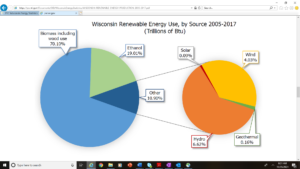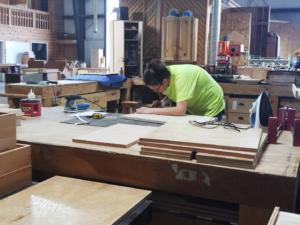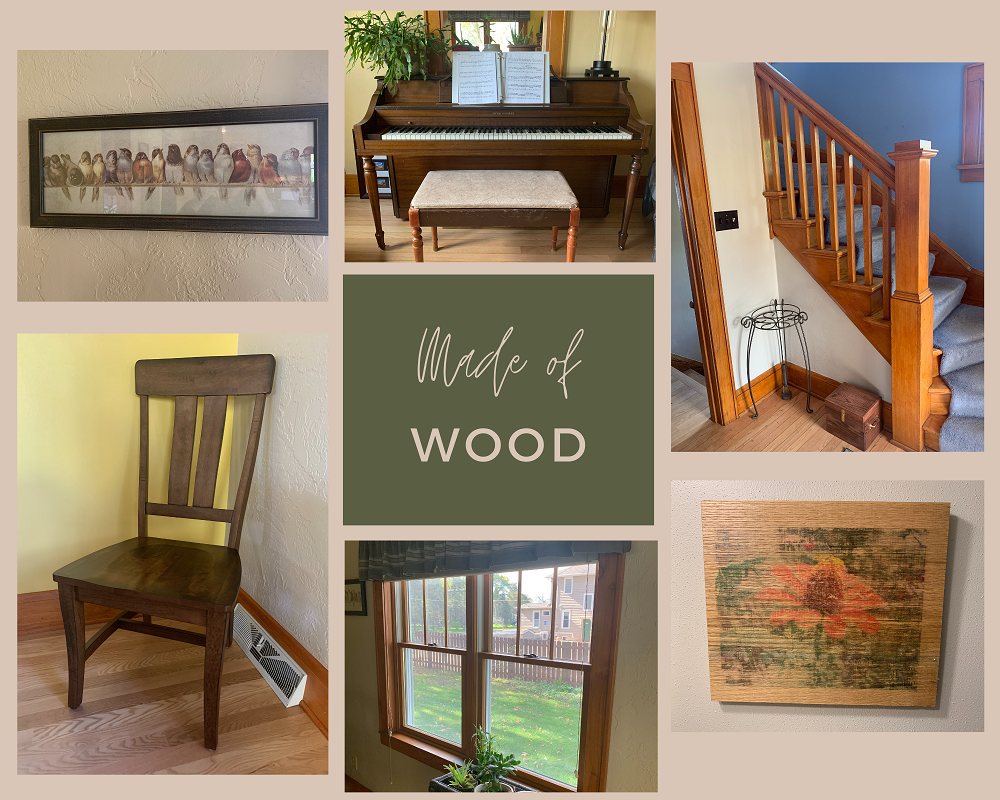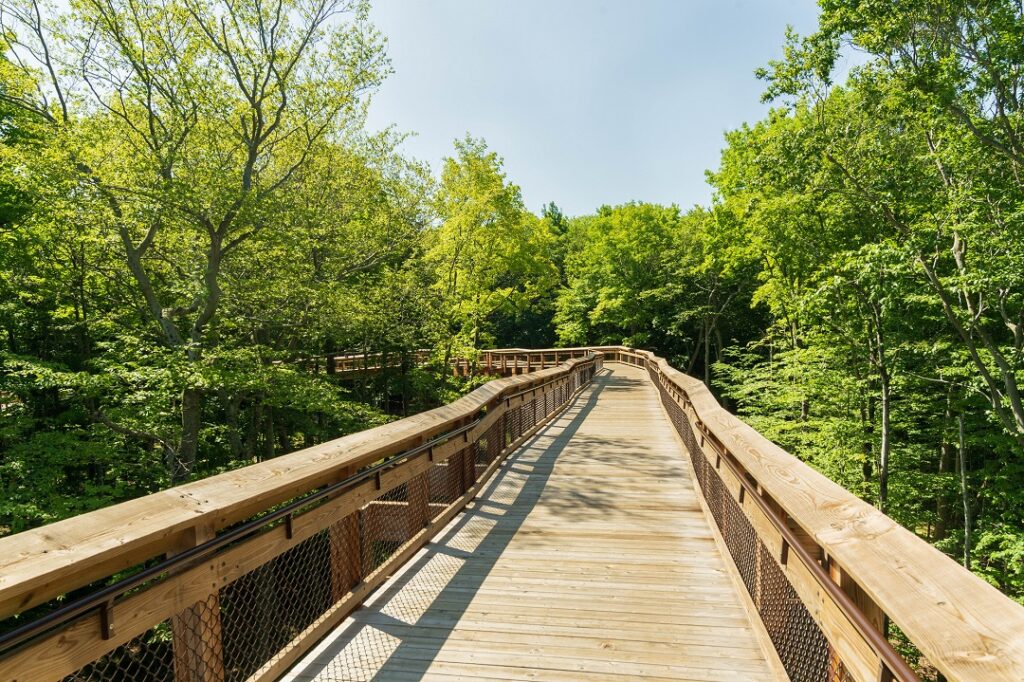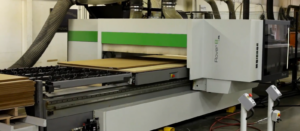
It’s estimated 10 to 15 billion cubic feet of wood are used by Americans each year. Photo credit: DNR
Would you be able to name all the wood products you use daily? Paper is the most obvious, but wood products are all around you. From the insulation in your walls to the gum you chew after lunch, wood and forest products are almost everywhere you look, and many of them originate right here in Wisconsin.
Wisconsin’s primary forest products industry consists of firms that process logs and pulpwood into wood and paper products. Examples include sawmills, plywood mills, veneer plants, pulp mills, firewood processors and companies that manufacture log cabins, smoking pellets and other similar products.
Continue reading “The Everyday Impact Of Wisconsin’s Forest Products”


